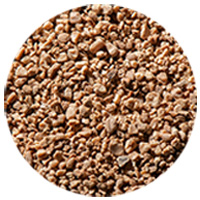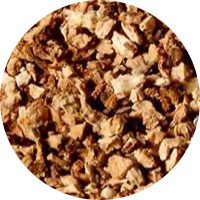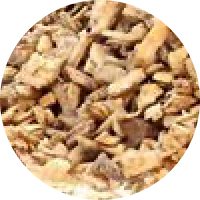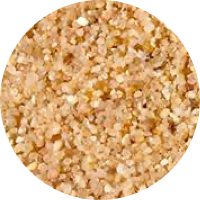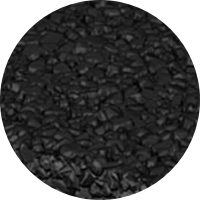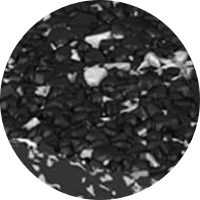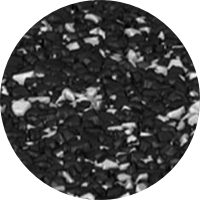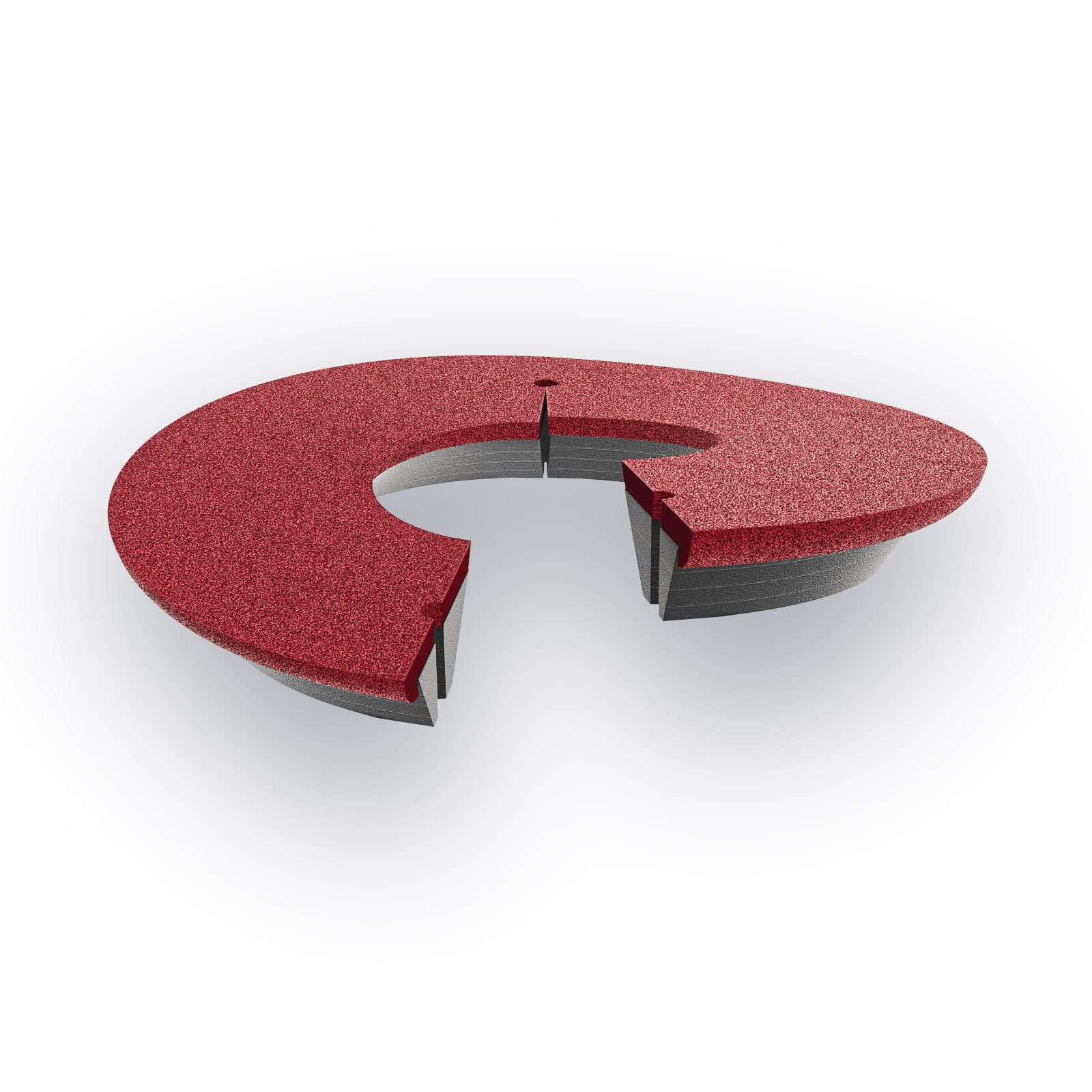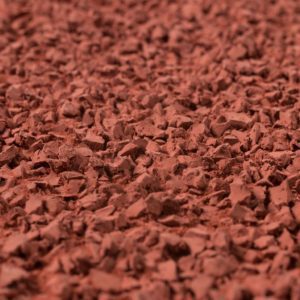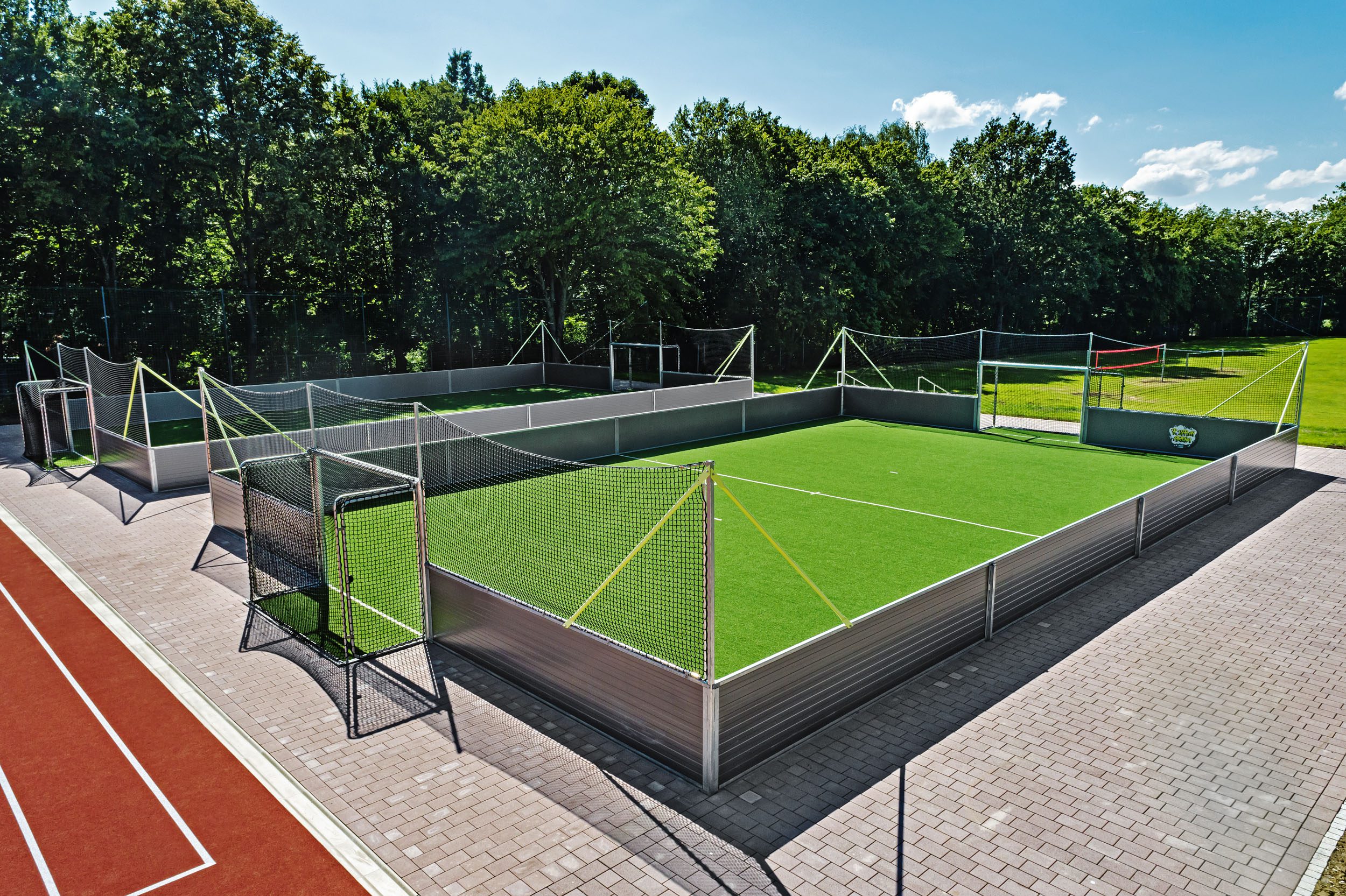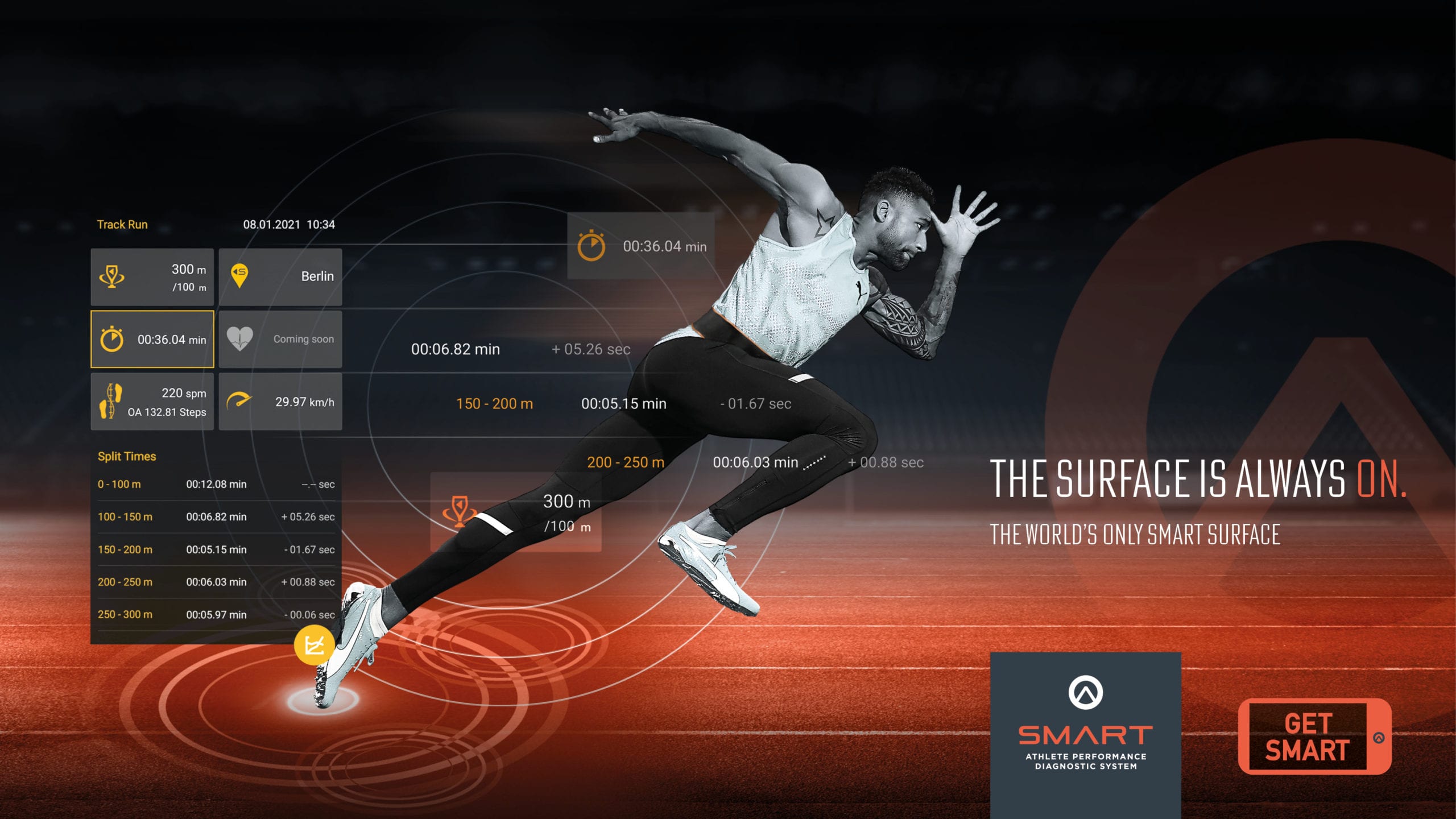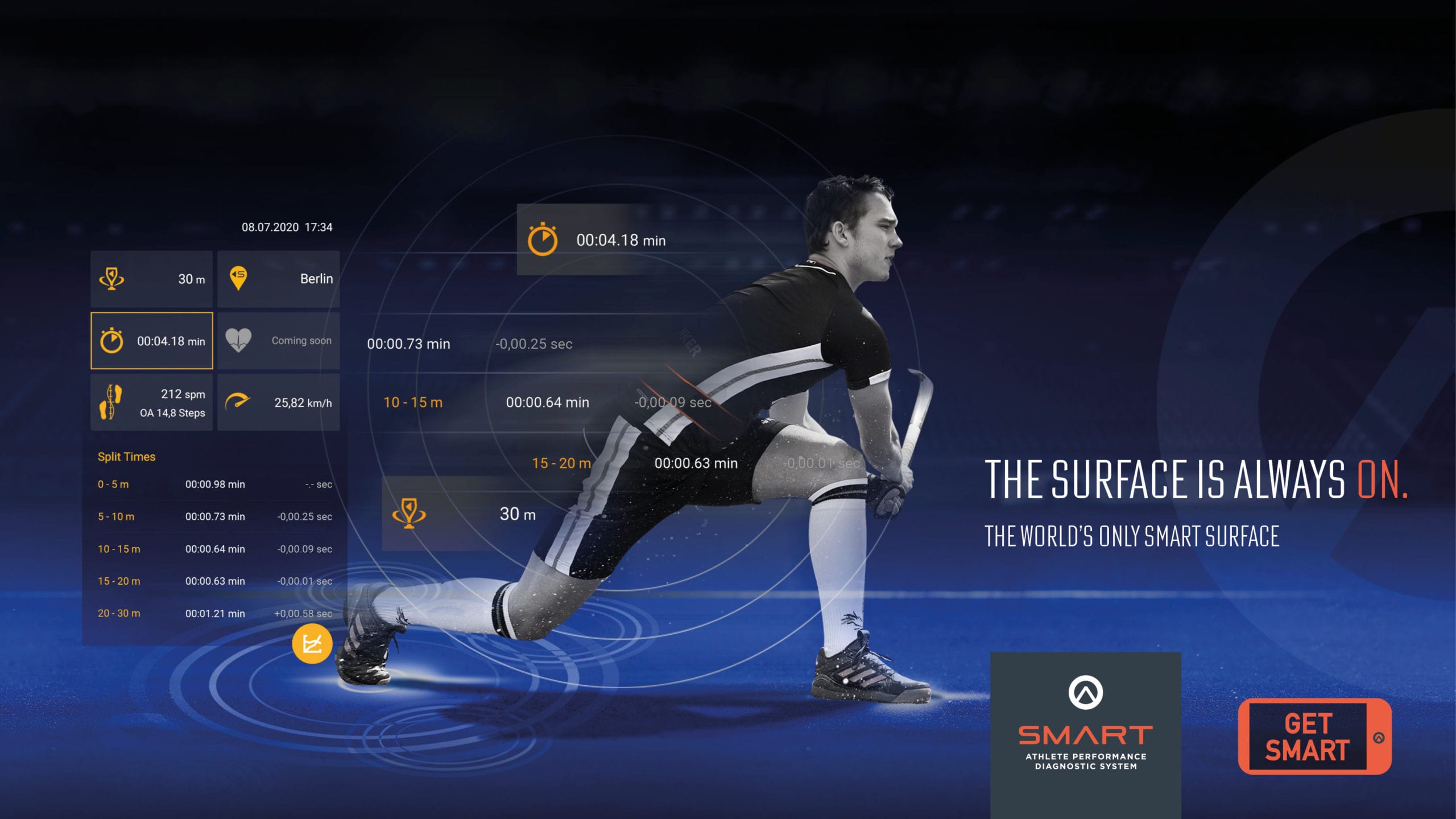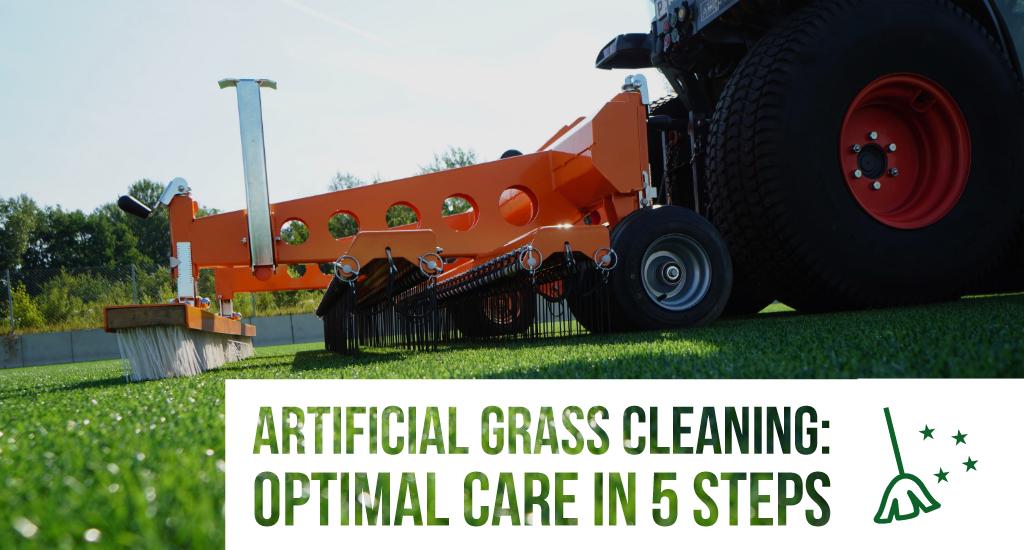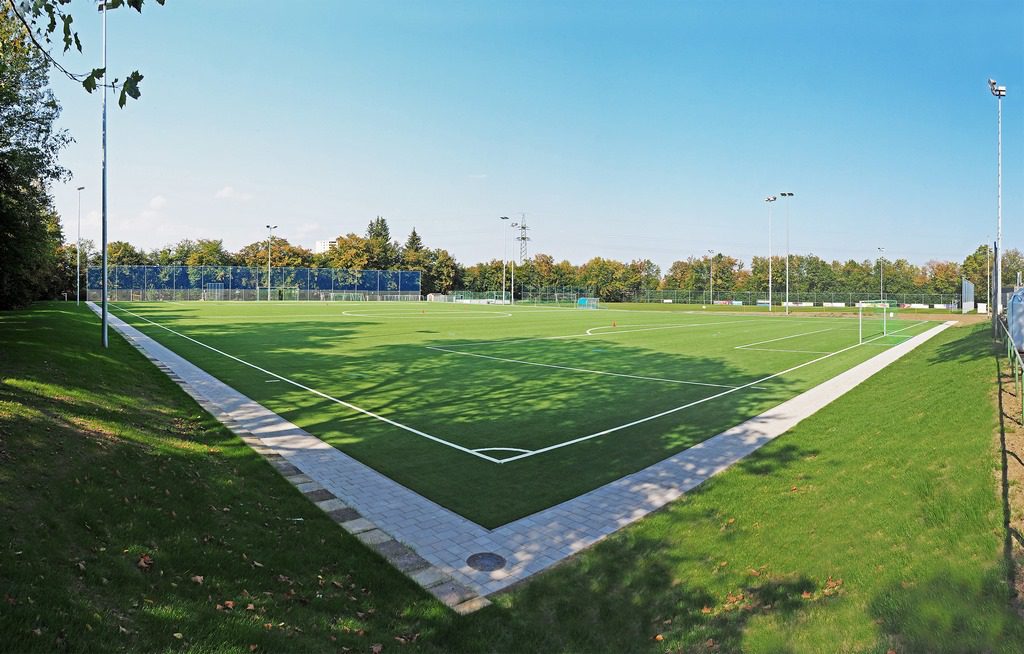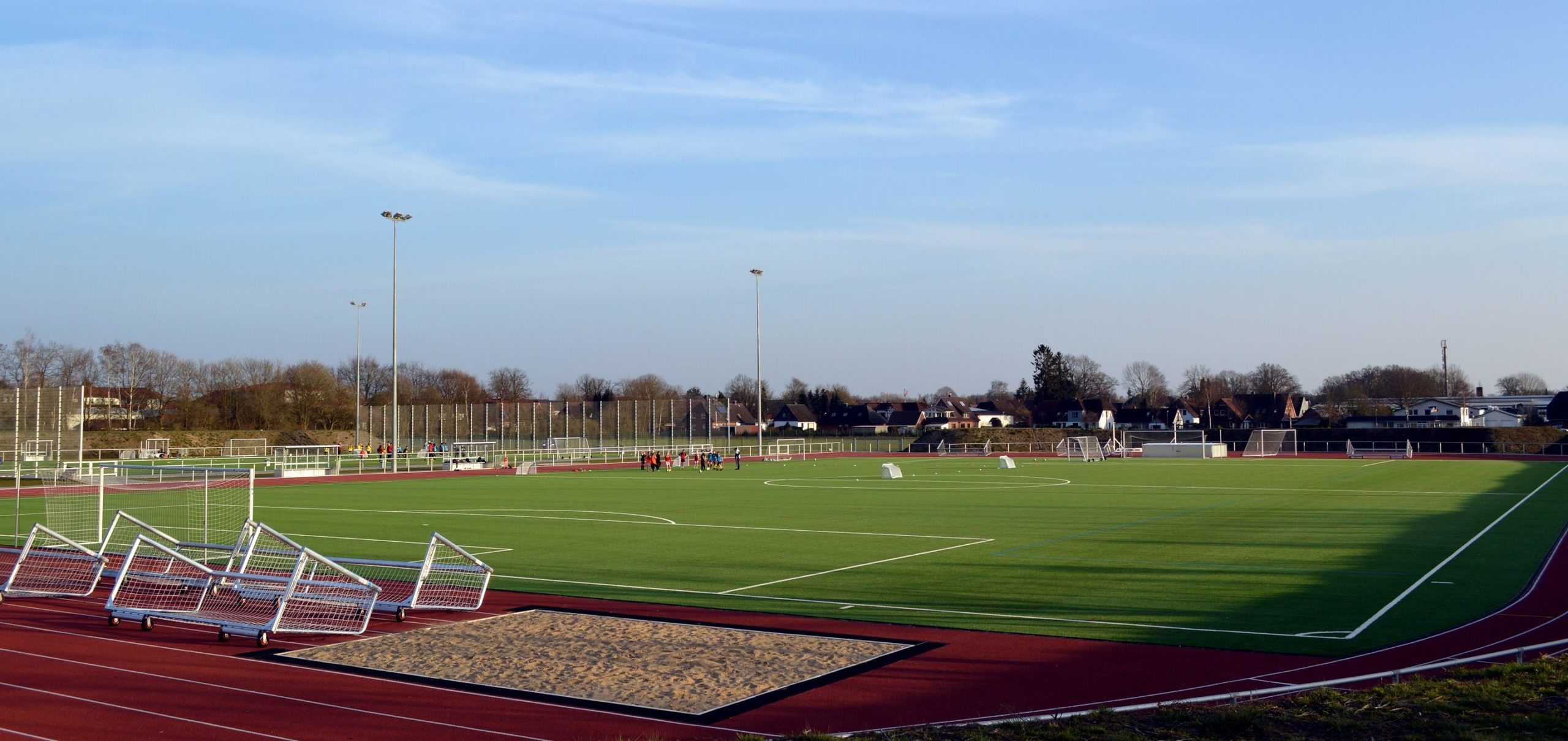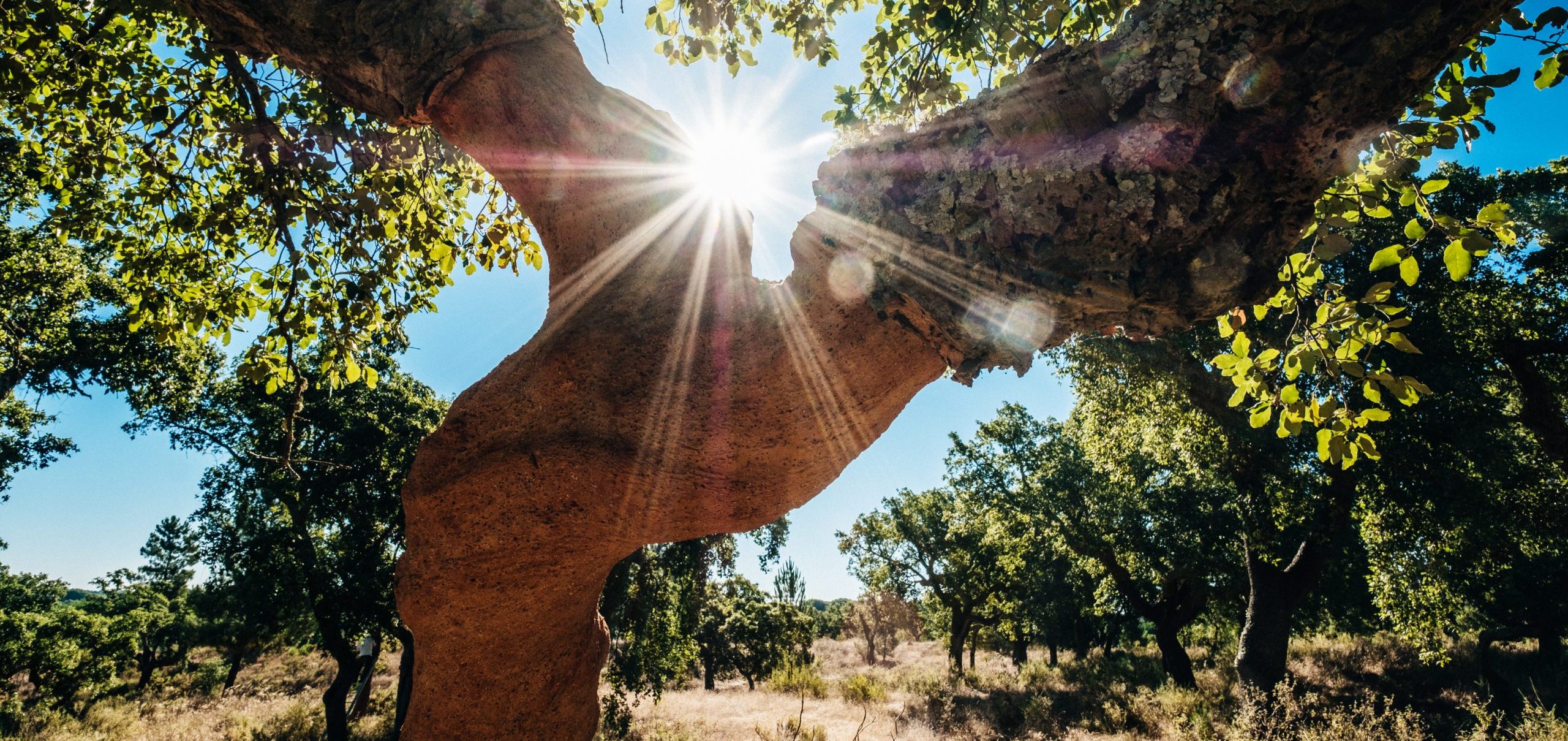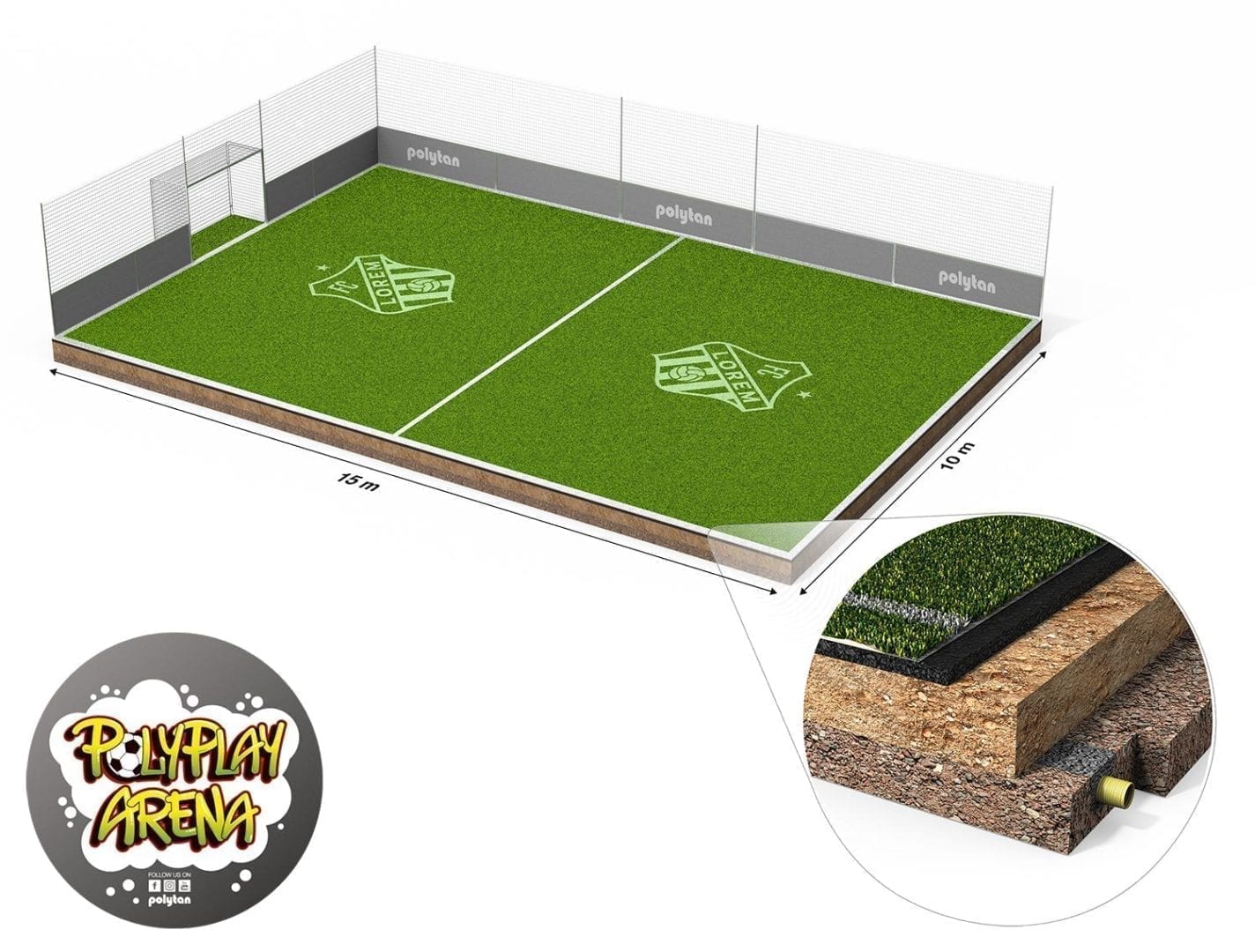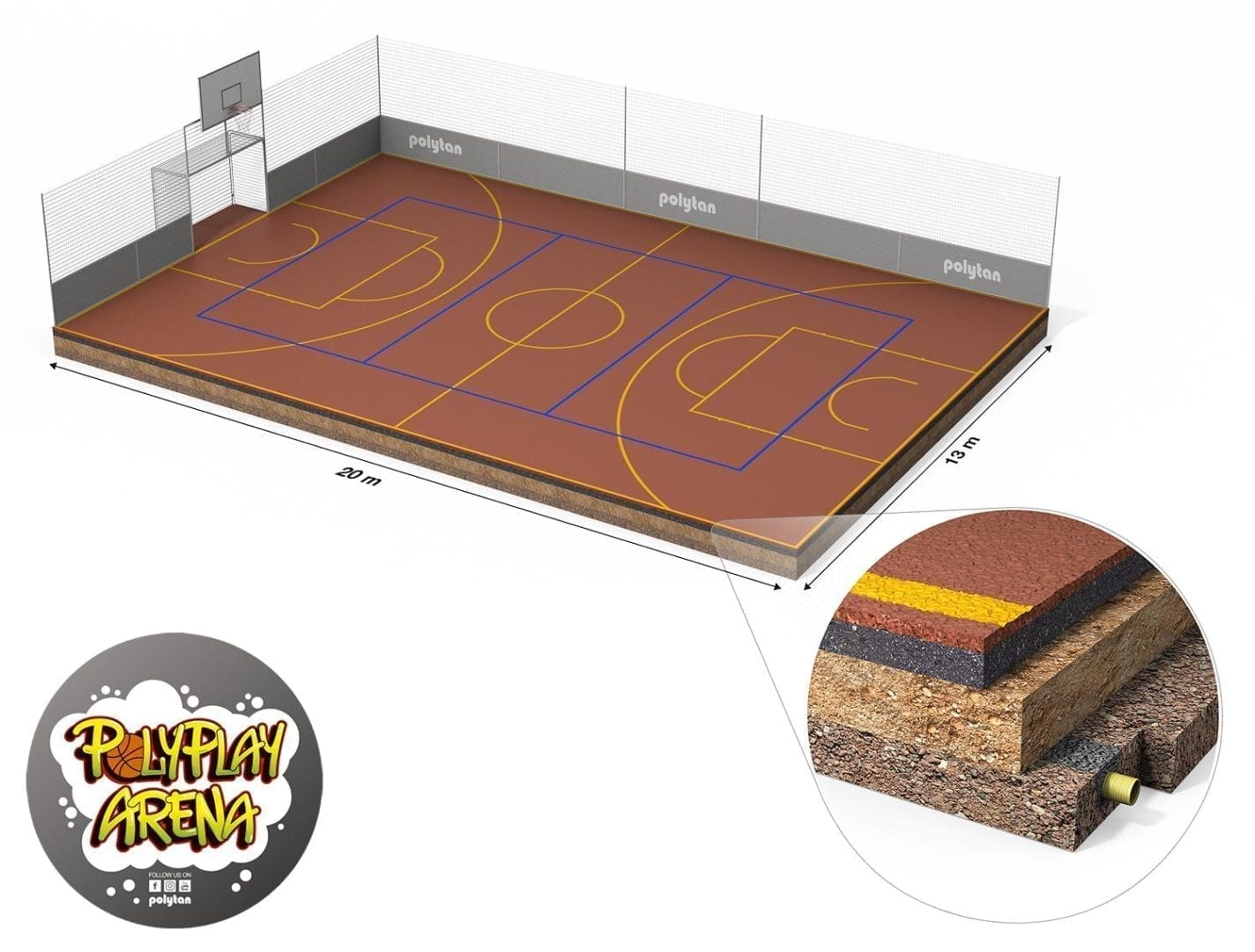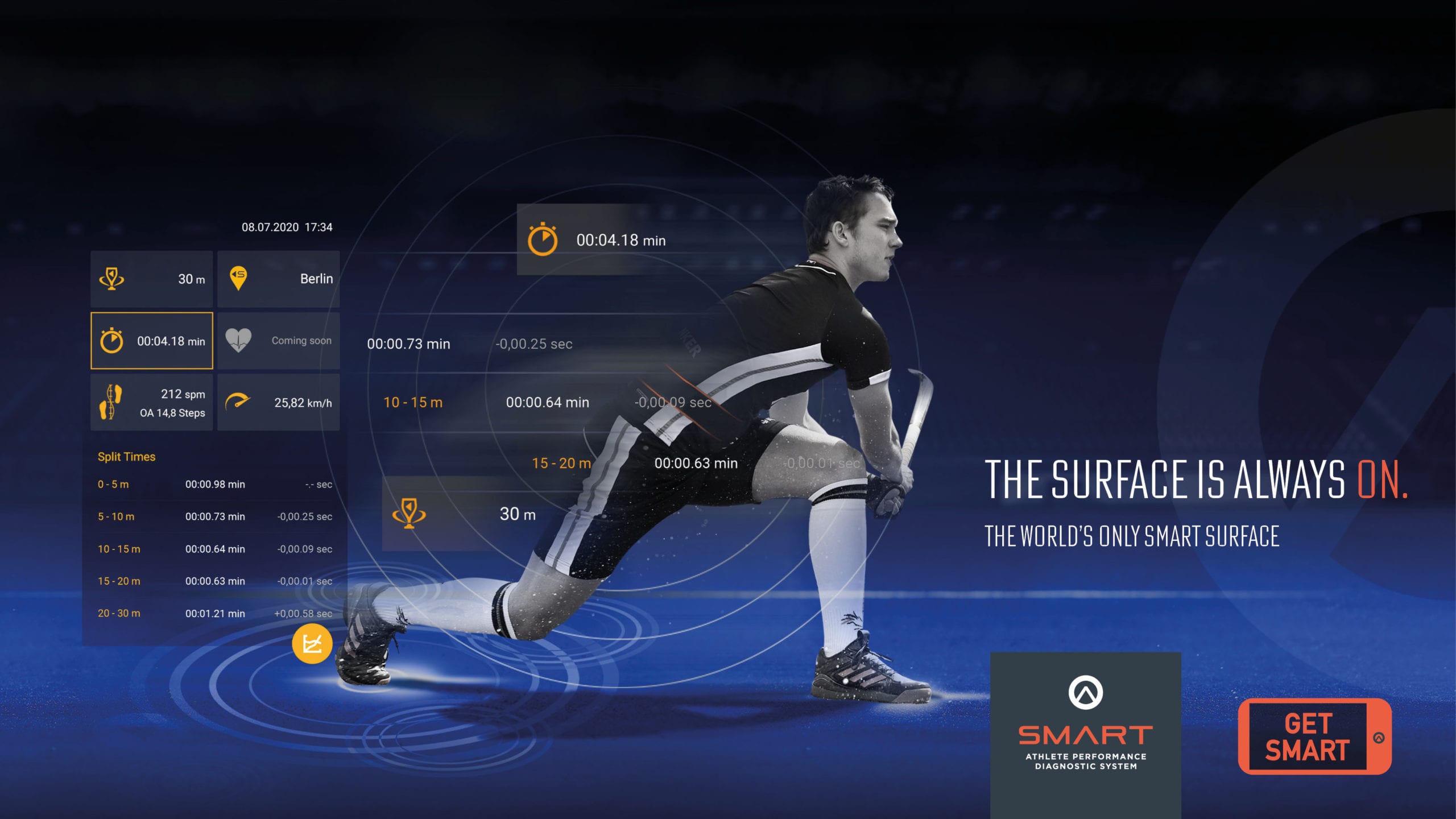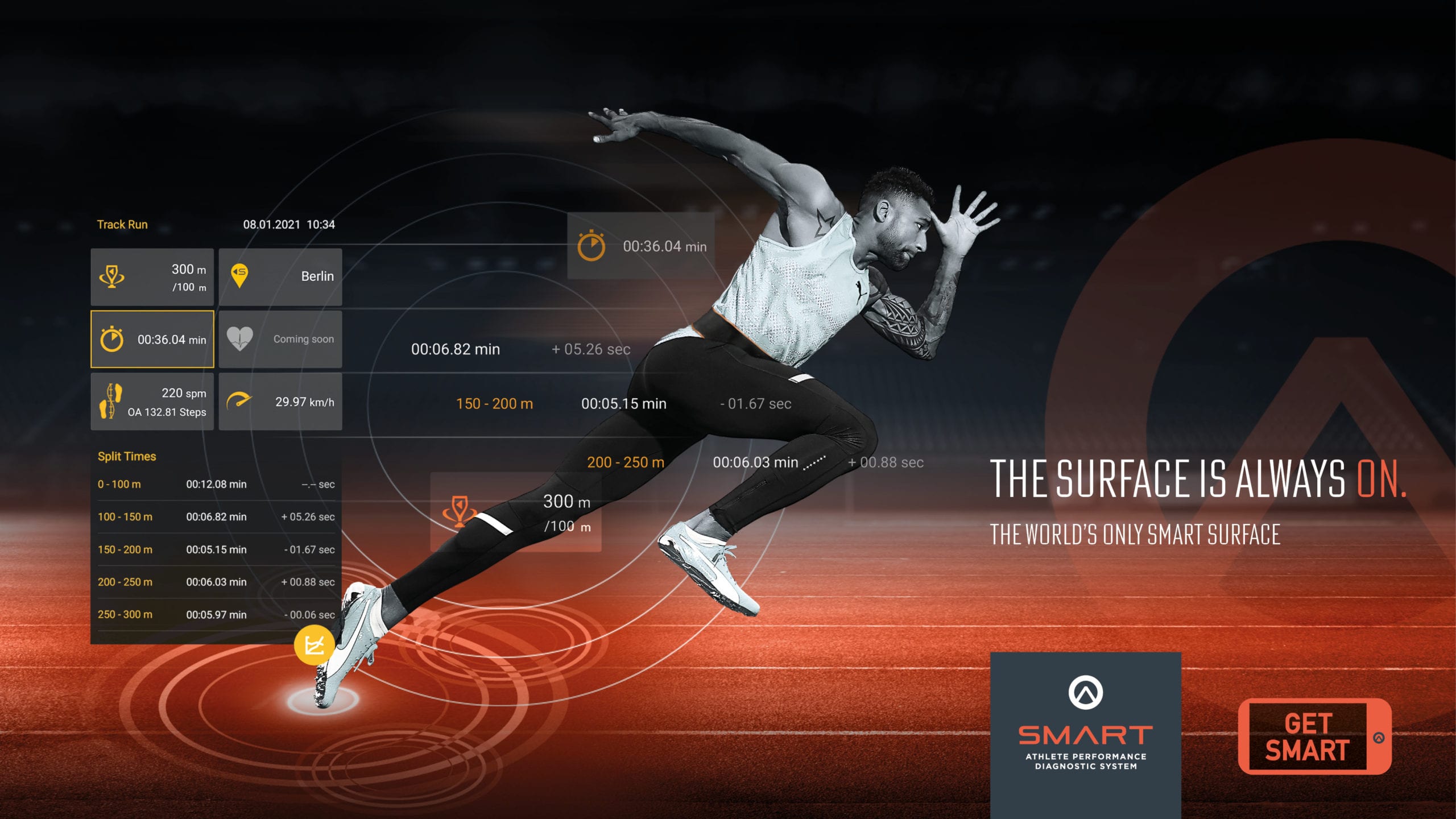A key prerequisite for playing football at any sports club: the key element – the artificial grass – must be in excellent condition. There are some important things to consider when cleaning and caring for artificial grass to ensure the pitch is always ready for the beautiful game.
The idea that nothing needs to be done once an artificial grass pitch has been installed is a popular, and incorrect, opinion. After all, a club should always represent itself in the best way possible and support its teams to victory.
Today, modern artificial turf pitches are complex systems that differ significantly from the pitches of 30 years ago.
With optimal artificial turf care, the service life and quality of an artificial turf with optimal playing characteristics can be sustainably ensured. This will not only benefit active players, but also future players.
WHAT PUTS STRAIN ON ARTIFICIAL TURF?
In general, artificial turf pitches are used several times a day and in almost any weather, all year round. Players, coaches and the groundskeepers know that training sessions are particularly demanding on a pitch. An example of one of the standard situations where a specific area of the pitch is put under more strain than others during football training is the penalty shootout. However, artificial grass doesn’t only have to withstand regular training sessions. Rain, snow, UV radiation, dust, leaves, falling seed pods and other environmental factors also cause wear. This makes regular testing, followed by proper cleaning and maintenance of artificial turf , all the more important; and these are services Polytan also offers. By timely investment in maintenance and repair, sports clubs can benefit from excellent artificial grass quality, which is also clearly visible for a long time to come. The individual steps are explained below.
Perfect ARTIFICIAL grass cleaning in five steps
STEP 1: THOROUGH, CONTINUOUS MONITORING OF THE ARTIFICIAL GRASS
The days leading up to big weekend games are the perfect time to carry out regular checks. Publicly accessible pitches in particular often have a higher level of contamination and require more intensive care. If the condition of the artificial grass is checked on a continuous basis, damage can be detected early on and the quality of the artificial grass can be maintained.
Pollution from leaves, paper and vegetation
Light contamination, such as leaves, pine needles, paper, cigarettes and such that fall on the playing field should be immediately removed by the groundskeeper. This can be done particularly quickly and easily with a leaf blower, working outwards from the centre. Alternatively, a sweeper that is specially adapted for the turf system is also useful. The edges and outer areas of the artificial turf must be checked regularly. Leaves, pine needles and soil often collect here. To prevent grass, moss or lichen from settling, the edges must be loosened on a regular basis. Any unwanted plant growth can be removed by uprooting, cutting or spraying with a high-pressure hose. Here at Polytan, we recommend that you avoid using any aggressive cleaning nozzles. Afterwards, the level of sand and granules must be checked again.
Removal of sharp objects
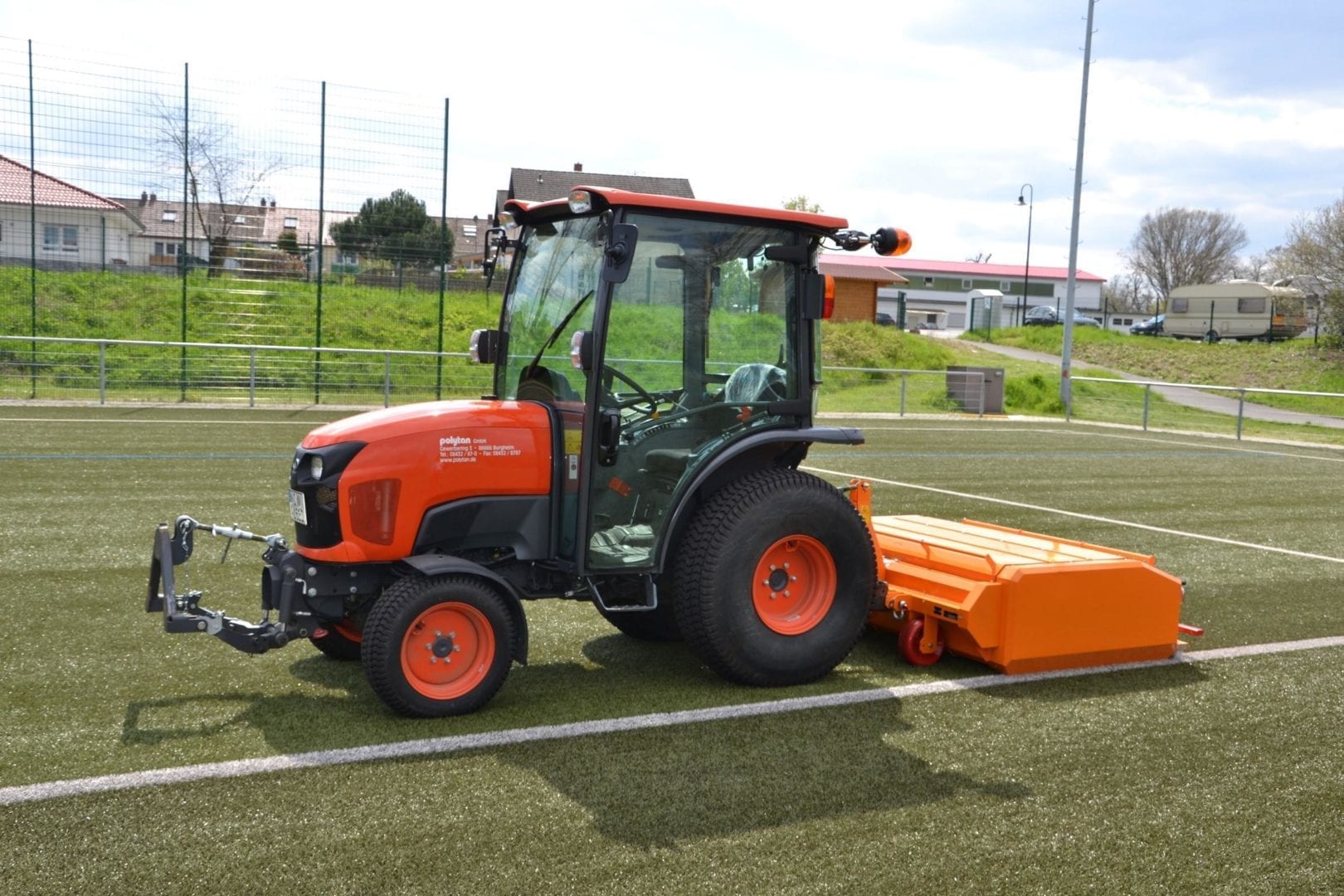
The most damaging contamination for artificial grass are sharp objects such as stones, broken glass and metal elements. Such contamination must be removed immediately. Chewing gum and adhesives are also particularly damaging to artificial grass. The easiest way to remove chewing gum is by freezing it and then carefully removing it from the blades.
Contamination from oil, fuel and excrement
If oil and fuel come into contact with the artificial grass, it is advisable to proceed as follows: Using sand and sawdust, the material must be immediately and completely covered and removed. We then recommend replacing the sand and granules within a surrounding radius of at least 20 cm. This prevents the substance from reacting with the fibre ribbon, infill and carpet backing. Contamination from excrement is particularly unpleasant. It must be removed immediately and the sand and rubber granule infilling in the immediate vicinity completely replaced. It is also essential for upcoming games to monitor the lines and seams for any frictional connection.
Granule and sand infill
Finally, the granule and sand infilling must be checked – it is important to take the entire artificial grass surface into account. In the main load-carrying zones in particular, such as in the 5-m goal area and the penalty spot, granules and sand are often discharged. The specified infill levels of sand and granules must be topped up accordingly. Performing these checks in accordance with artificial turf regulations avoids accidents and further damage. This ensures that nothing stands in the way of the weekend game. If the artificial turf becomes damaged despite regular inspections, it can usually be repaired quickly and expertly.
STEP 2: QUICK AND EXPERT ARTIFICIAL TURF REPAIR
The causes of damage to artificial turf vary. They include vandalism and environmental influences, in addition to uneven stress and even incorrect use. Uneven stress usually occurs at the penalty spot, the goalkeeper’s standing area and the penalty area. As a rule, a piece of artificial turf measuring just under 1 x 1 m is replaced to repair the penalty spot; larger areas can also be replaced in the goal area, such as the entire 5-m penalty zone area. Premature wear also occurs on the pitch lines. This is caused by factors such as abrasion and UV radiation.
Loose seams are particularly dangerous for the players. In order to be able to play safely on the artificial turf again, the seams must be reglued, for example by the Polytan Service Team. Repairing artificial grass is not witchcraft and can normally be carried out quickly so that the artificial turf is fully operational again in time for the next important weekend game.
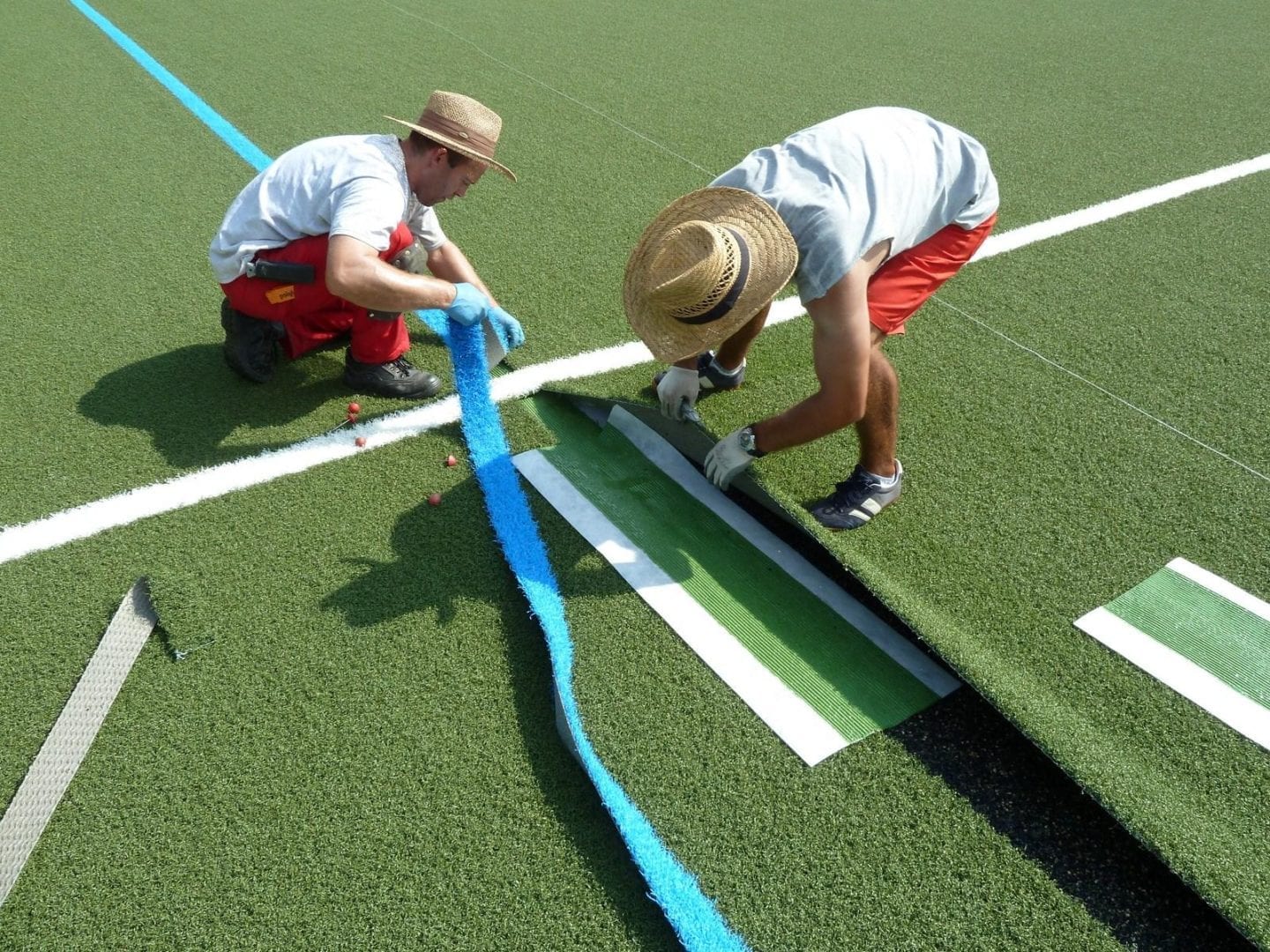
STEP 3: THE RIGHT CARE FOR SYNTHETIC GRASS BLADES
The key element of artificial turf is its grass filaments, which have a straight or texturised finish, depending on their area of application. Our LigaTurf Cross contemporary artificial turf systems combine both variants. The condition of these synthetic grass blades influences the playing characteristics of the field, in particular the rolling behaviour of the ball, as well as the traction and rotational forces, not to mention the visual appearance of the artificial turf. To ensure that the straight artificial grass blades of a football pitch, for example, remain upright, they are ‘infilled’ – usually with sand and rubber granules. However, a certain ‘directional effect’ is retained, as the grass blades always incline slightly in one direction, even with infilling. This results in parallel and opposing artificial turf surfaces. When artificial turf is laid in opposite directions, the blades of artificial turf alternate in different directions, also known as the lawnmower effect. This installation method considerably simplifies and reduces artificial turf maintenance.
In general, the groundskeeper should brush the blades of grass every one to two weeks – the time interval depending on the individual artificial turf system. In addition, the layers of sand and rubber granules become denser over time and must be repeatedly loosened up. To ensure that such routine maintenance is both economical and efficient, appropriate maintenance equipment has been developed.
STEP 4: OPTIMAL ARTIFICIAL TURF CLEANING USING MAINTENANCE EQUIPMENT
The corresponding ACS maintenance unit from Polytan features two individually adjustable brushes and a needle bar. Solidified infillings can be loosened again with the double-row needle bar. Afterwards, the artificial grass becomes soft and elastic, and the synthetic grass blades stand upright again. The brush is then used in the same procedure. It levels out the filling material and compensates for unevenness. When using the brushes and needle bars, particular attention must be paid to their exact positioning and direction of travel during maintenance. For an optimal result, the correct brush setting is crucial. If the bristles are too far from the surface, not all the grass filaments can be captured. In this case, the rubber granules are only partially brushed up and not properly distributed.
In addition, it is always advisable to work against the line direction when brushing. This makes it easier to grasp and straighten the blades of synthetic grass. The ACS maintenance unit is simply attached to the rear hydraulics of a lawn tractor, to a hydraulic three-point fixation of a mini-tractor or, by means of a drawbar without hydraulic equipment (depending on the model), to a tractor. Connecting the hydraulics is recommended to ensure the contact pressure remains consistent. This makes work easier and ensures that specific areas, such as the touchlines, are also treated correctly. In addition to regular artificial turf cleaning, it is worthwhile for sports clubs to invest in annual maintenance by an RAL-certified maintenance company.
STEP 5: ARTIFICIAL GRASS CARE BY AN RAL-CERTIFIED MAINTENANCE COMPANY
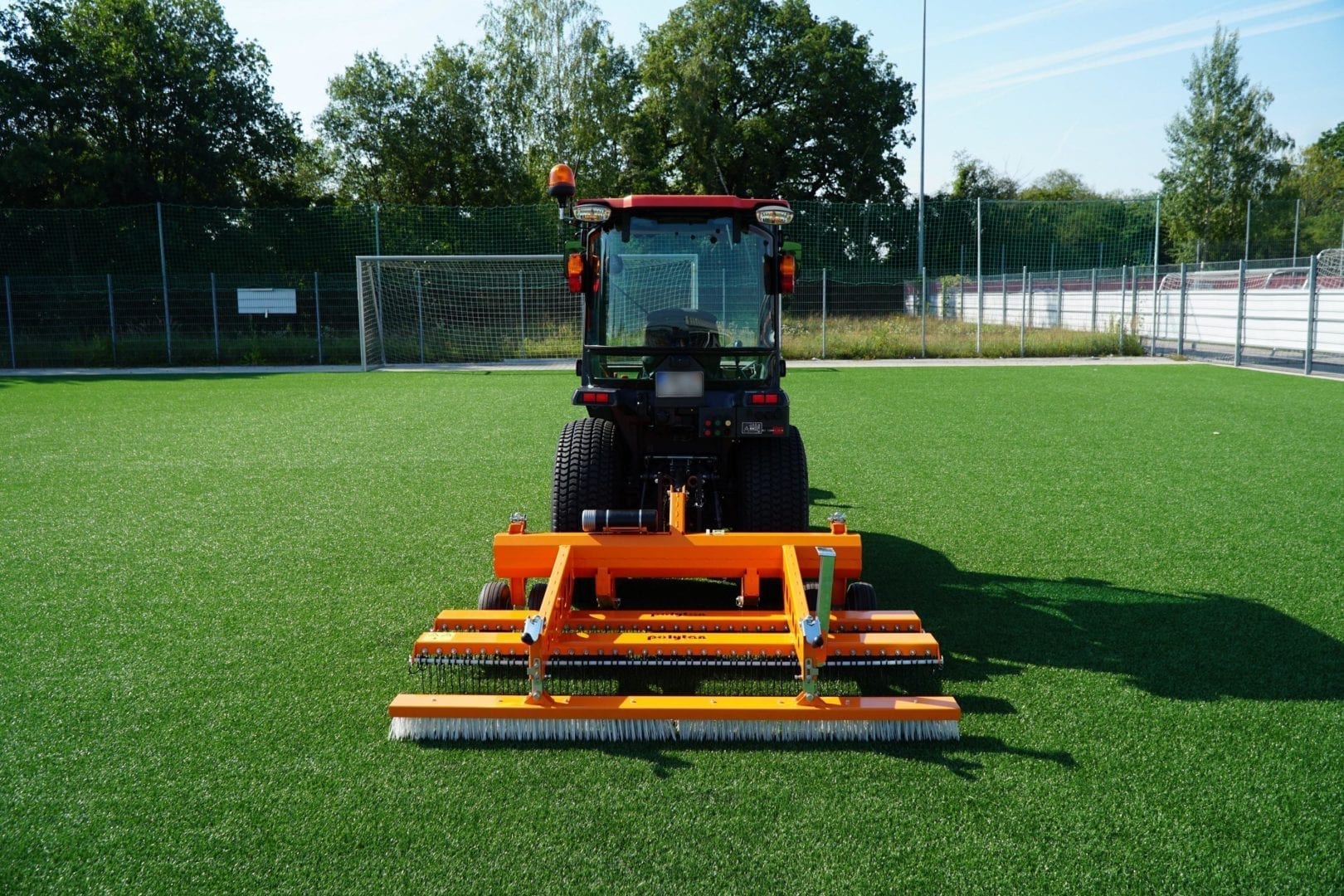
RAL is currently the only association in Germany to monitor and certify artificial grass maintenance operations. RAL certification involves the inspection of the seams, stress zones and penalty points. In addition, the pitch’s infilling is checked for correctness and the results recorded in a log for the customer. Intensive cleaning is another service that removes dust and other foreign objects from the turf. And last but not least, any missing infill granules are replaced.
ARTIFICIAL GRASS CLEANING SUMMARY
As a general rule, even modern artificial turf pitches need to be maintained so that they retain their optimum playing characteristics and protection against injury over their 10+ year lifespan. Special attention should be paid to stress zones. Clubs can obtain specialised advice on caring for their playing field or professional cleaning support for their artificial turf from responsible manufacturers such as Polytan.
